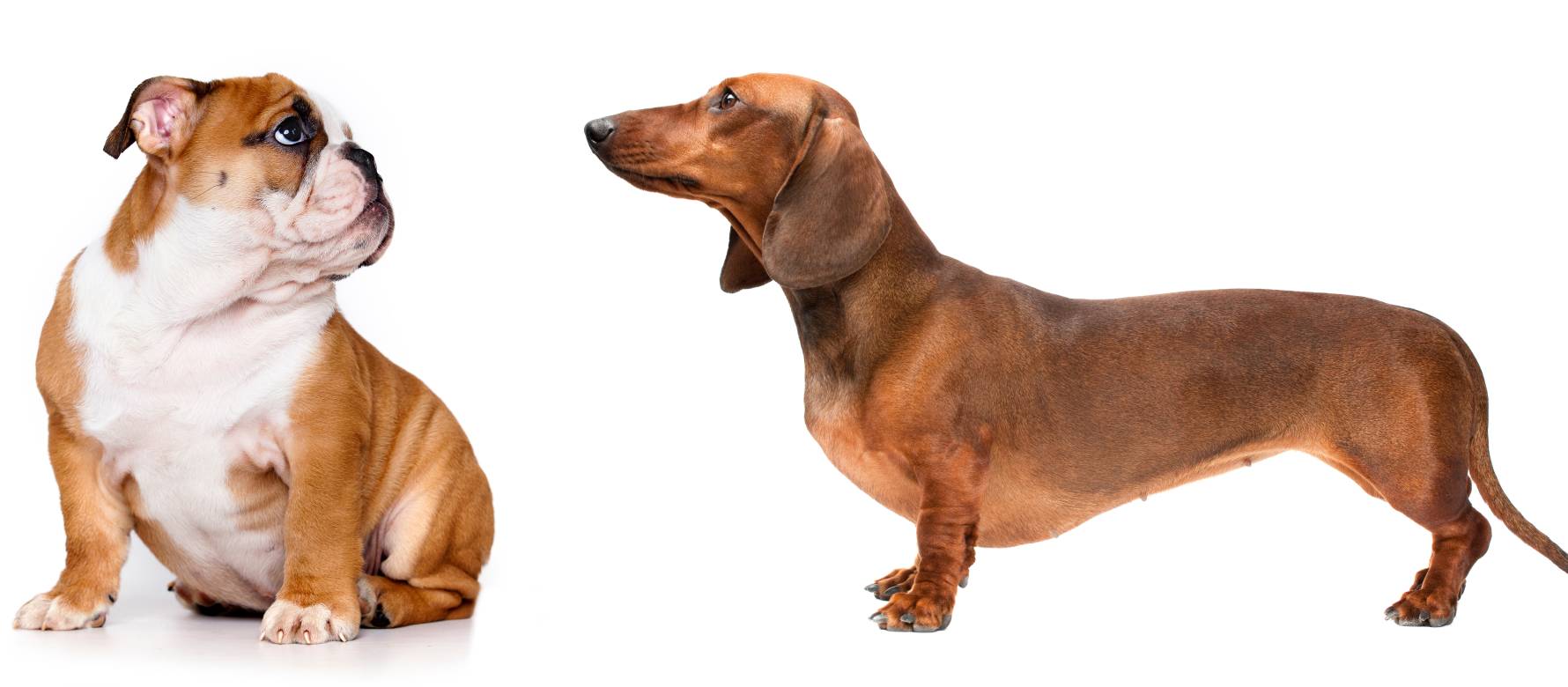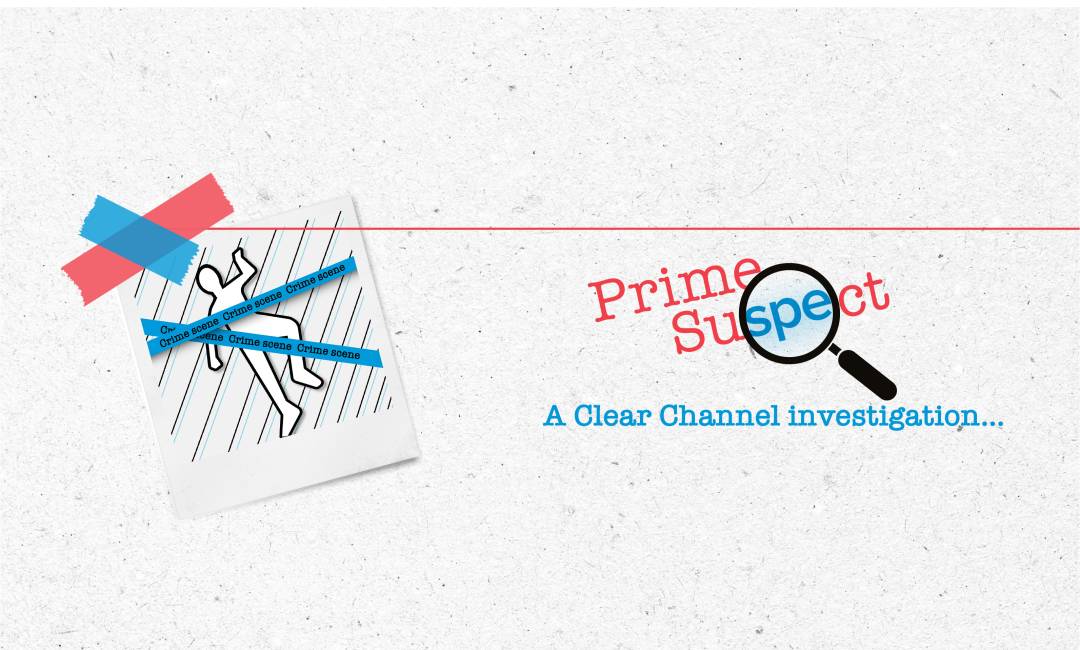
The recent debate between Byron Sharp and Mark Ritson on ad attention is an interesting one, but ultimately effective advertising will always come down to great creative.
Nobody likes to see their parents argue - invariably neither is 100% right nor wrong - and the recent debate between Sharp and Ritson regarding ‘ad attention’ kind of evokes the same response.
For those not aware of this clash of opinion, it goes something like this:
Sharp: Getting attention is important, but once you’ve got someone's attention, there’s no need to labour the point; we don’t need to consider how long they’re engaging for. In, out, reached, move on.
Ritson: Don’t be silly, Sharp. You can’t talk about attention without talking about dwell time and the correlation between increased dwell time and the significant gains in ad recall and brand choice.
Who’s right or indeed wrong? Do we side with Mum or Dad? I suspect the real answer is that we could agree with both.
In a recent Bauer Media Outdoor study (conducted in conjunction with MESH research), we analysed a database of over 28,000 consumers who logged over 115,000 brand contact points. The results demonstrated that exposure to TV and OOH had the most significant impact on brand consideration of all media pairings, increasing brand consideration by a factor of 5.7 (increases of 1.5 and 2.4 for TV and OOH independently). Like most great partnerships, each format is bringing something different to the table - TV’s significant dwell time and OOH’s high impact, high frequency working together to deliver strong results.
So, it would seem there may be merit in both Sharp's and Ritson’s views. However, there is one area that, as yet, appears to be conspicuously absent from both sides - the notion of frequency. Surely we must account not only for average dwell times, but also for how often these interactions occur?
Certainly, there is evidence to suggest that there is a significant value in frequent, short bursts of attention. For example, in The Mere Exposure Effect, a research project by Dr. Alastair Goode, we see a direct link between increased frequency and positive emotional response to ad messages (increasing OOH exposure from between 1-4 views to between 9-12 saw a 240% increase in positive feelings toward the brand).
Clearly the topic of ad attention is a complex one, but there is one thing that few can argue with. Whether you focus on high dwell times, maximum impact, high frequency or a combination of all three, success will always rely on making the very most of any attention you have. And that means great creative. Given the choice, I would take two seconds of attention with a great ad over 30 seconds with a bad ad every time.
The power of great creative - and its link to attention - became abundantly clear when looking through the results of our forthcoming study into the engineering of poster design (part of our Powerful Posters series). While the study set out to establish some fundamental guidelines on effective design (considering colour contrast, text size, logo size and messaging), the final results yielded something far more interesting.
Through a series of lab tests, we successfully identified some of the basic guidelines for a “good” and a “bad” ad. Using these principles, we then went on to test our ads using VR technology with participants exposed to a street scene containing either the “good" or “bad” version of a brand ad (we tracked the level of attention of each ad and subsequent questioning established brand recall and message takeout).
The result? When looking at 6-sheets, both versions of the ads commanded the same levels of attention, yet our good creative was 2.4x more likely to see successful brand recall.
Clearly, as important as it is to get attention, the real success of any ad lies in its content.
Long or short, it’s what you do with it that counts.
SHARE POST
PRESS ENQUIRIES




